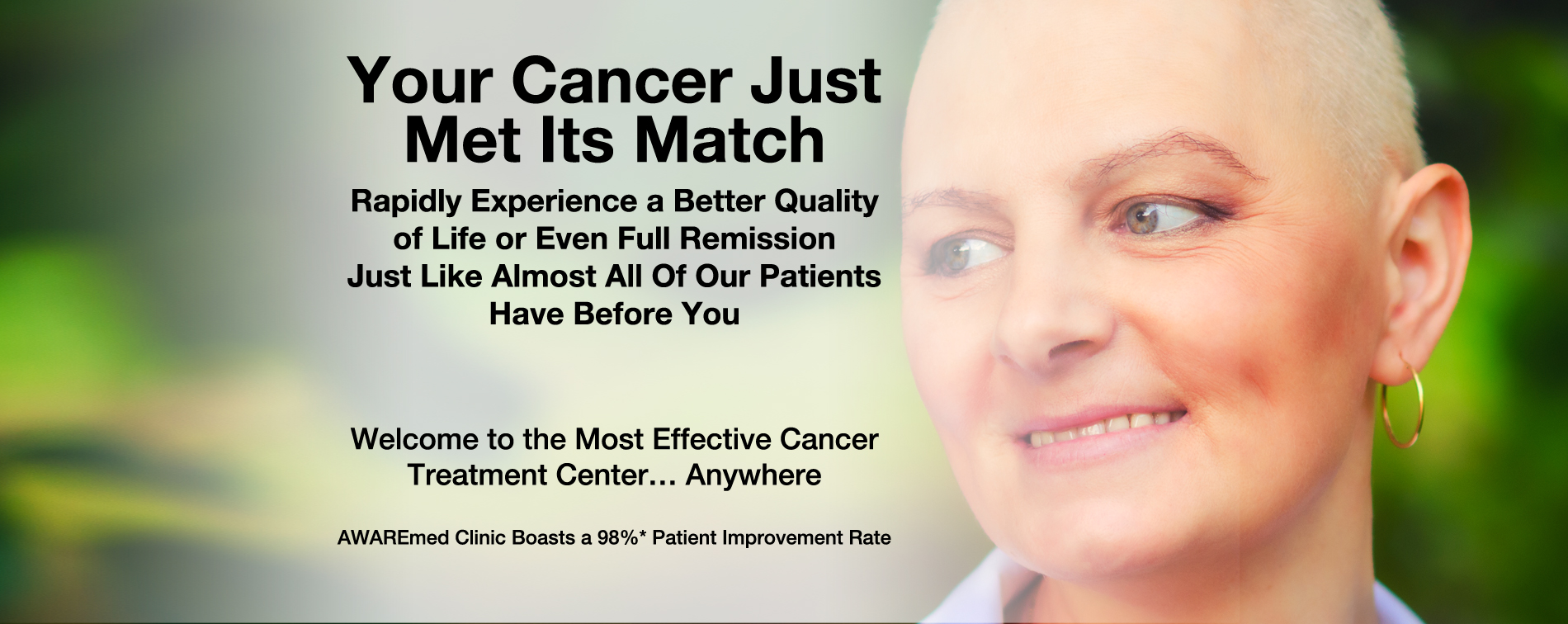Lung cancer formation
Lung cancer formation: Types of lung cancer

Lung cancer formation. When a member of the family is affected, the whole family is too and a collective support is necessary
It is believed that lung cancer formation starts right in the lungs and then spreads to other parts of the body. This disease starts in the walls of the lungs airways scientifically known as bronchi or bronchioles or in the air sacs known as alveoli. Once present, the lung cancer stages advances to other body parts. A patient can identify lung cancer from certain symptoms like shortness of breath, coughing, bloody mucus and wheezing. This disease can be treated using surgery, chemotherapy and radiation. With the help of experts from AWAREmed health and wellness resource center, we will be discussing these progressively. In the meantime, we have over 20 types of lung cancers with the two major ones being non-small cell lung cancer and small-cell lung cancer.
Lung cancer formation: Non-small cell lung cancer
Adenocarcinoma is the most common kind of non-small cell lung cancer with up to 40% cases. It affects mostly smokers or those who had quitted smoking. It also top the list of among non-smokers. Women are more vulnerable to this cancer than men. It can spread rapidly to the lymph nodes, bones, or other organs like the liver.
Squamous cell carcinoma. This often starts in the lung’s largest branches, also known as central bronchi. It accounts for about 30% of all lung cancer cases with men being more vulnerable besides smokers. It may form a cavity within the tumor and can cause the patient to cough up some blood. Squamous cell carcinoma can also spread to the lymph nodes, bones, and other organs such as the liver.
Large-cell carcinomas are a group of cancers with large cells that tend to start along the lungs’ outer edges. They’re fewer than adenocarcinoma or squamous cell carcinoma, making up 10%-15% of lung cancers. This type of tumor can grow faster and often spreads to nearby lymph nodes and distant parts of the body.
Lung cancer formation: Small cell lung cancer
This is the most destructive form of lung cancer. It begins from the lungs’ large, central bronchi. It affects mostly the smokers and spreads rapidly to other parts of the body like the liver, brain and bones even before showing symptoms. Secondhand tobacco smoke is also a cause. People who live with someone who smokes are 20% to 30% more likely to get lung cancer than those who live in a smoke-free home.
Finally, some other chemicals are risky too. Like for instance, people who work with asbestos or are exposed to uranium dust or the radioactive gas radon are more likely to get lung cancer, especially if they are smoking cigarette. Lung tissue that was scarred by a disease or infection like tuberculosis or scleroderma, becomes at risk for tumors in that tissue. Hypothetically, some researchers think that diet may also influence your risk. But that’s not clear yet.
Lung cancer formation: Types of lung cancer









